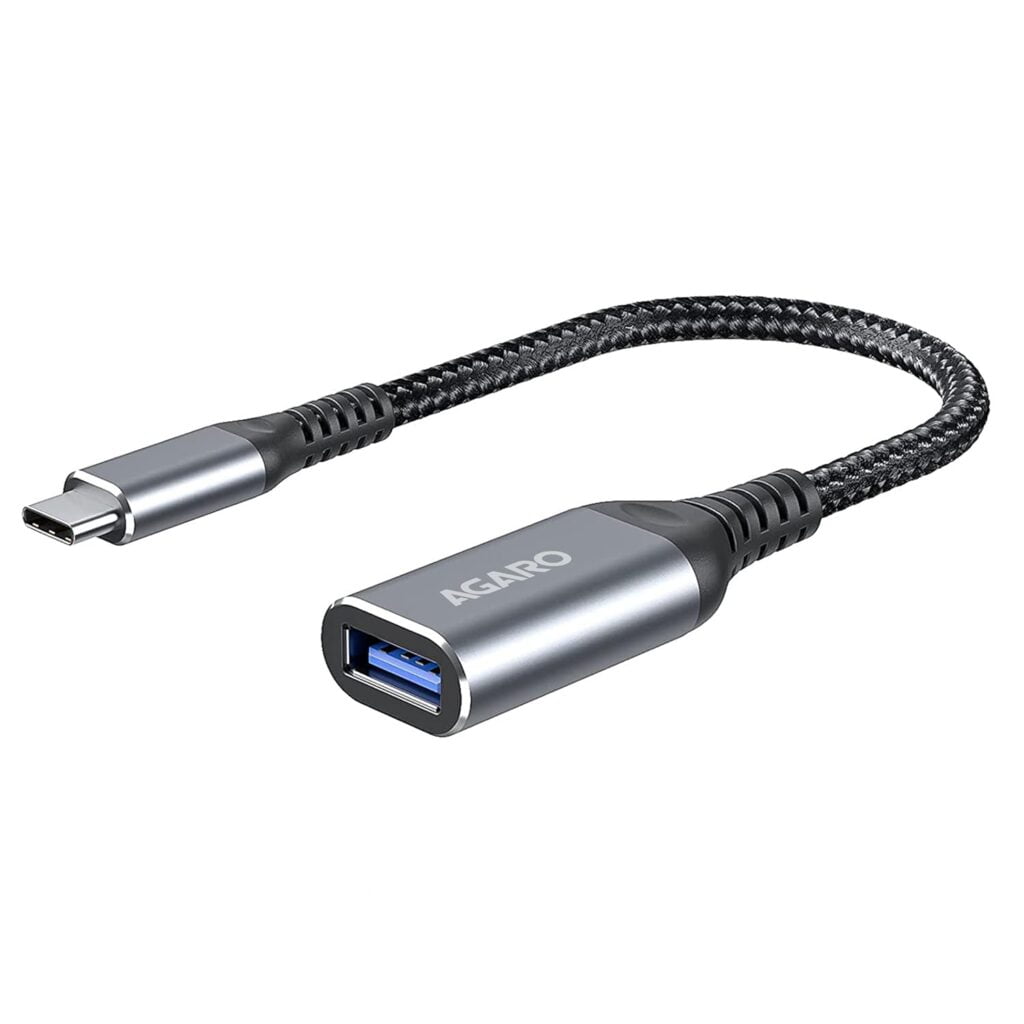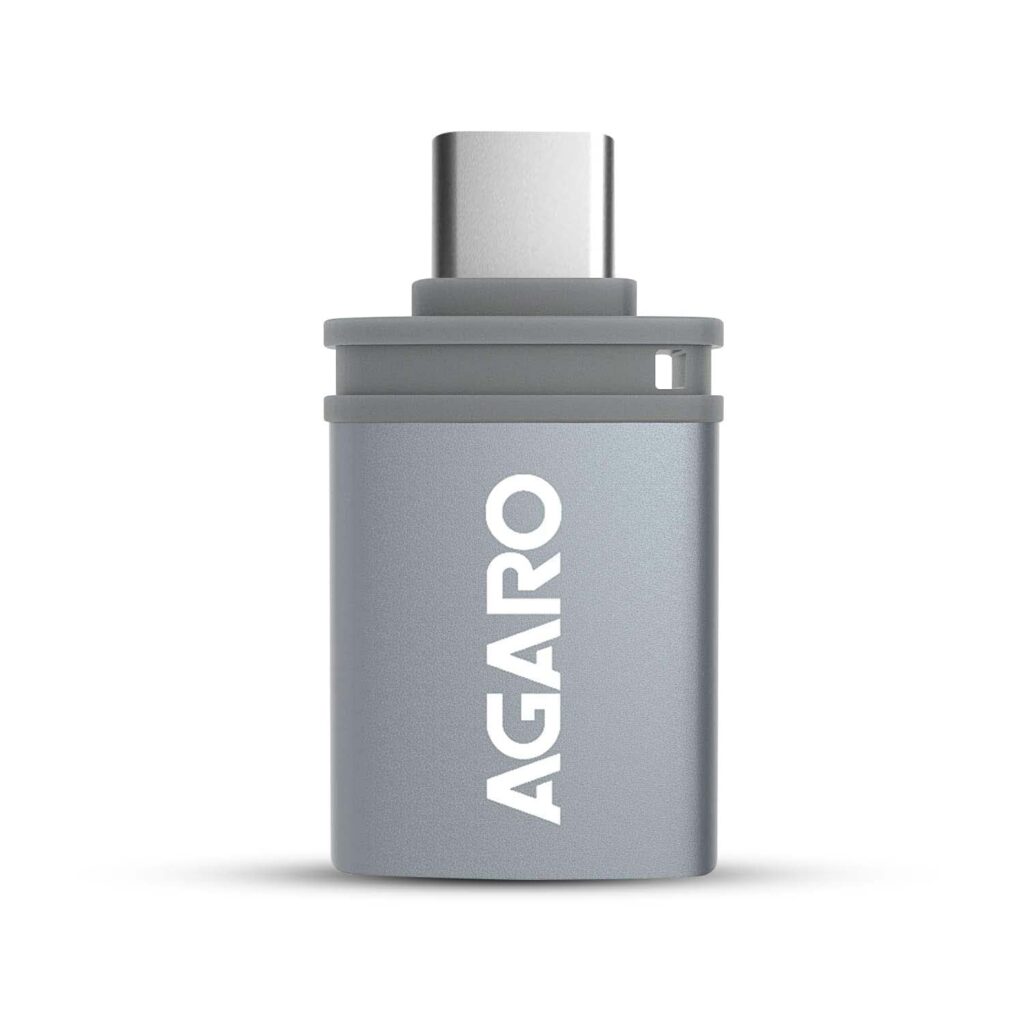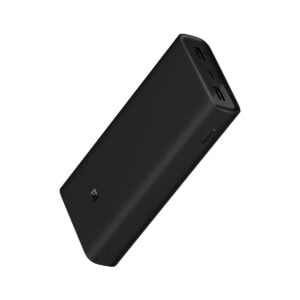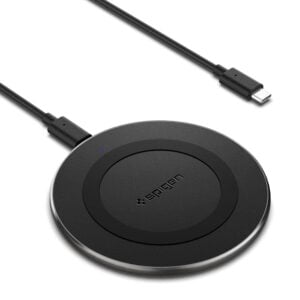In today’s technologically driven era, Smartwatches have evolved beyond mere fashion statements. These wearable gadgets come packed with multifunctional features, allowing users to answer calls, monitor health metrics, and even receive notifications on the go. The compact design ensures that technology is literally at our fingertips, making them a favored accessory for many.
However, as with most electronic devices, they come with the persistent challenge of battery depletion. It’s not uncommon to find oneself in a situation where the charger is either misplaced or simply not in reach. Fortunately, innovation doesn’t halt at an inconvenience. There are alternative methods to breathe life back into your Smartwatch battery even without the original charger. This article delves into these unconventional yet effective charging solutions.
Understand the Basics of Smart Watch Charging
Smart Watches, while innovative in design, often come with a straightforward charging mechanism. The initial step involves gently removing the straps to reveal the core charging interface of the device. Here, users will typically notice a set of golden pins designed specifically to facilitate the power transfer. Connecting these pins to a power source is crucial, but what’s even more essential is ensuring their correct alignment with the charger. Any misalignment can not only hinder the charging process but may also risk potential damage to the bracelet’s battery or the charger itself. Thus, understanding and implementing this basic charging protocol ensures optimal battery life and device longevity.
What are the different ways to charge a Smart Watch without a charger?
In the absence of a standard charger, there are still viable options to power up your smart bracelet. Power banks provide a handy solution, ensuring charge a smart watch without charger on the go. Alternatively, a USB connection can be employed directly to sources like laptops. Modern smartphones, equipped with power-sharing capabilities, can also act as a makeshift charger. Additionally, the emergence of portable wireless chargers offers another hassle-free charging avenue for tech enthusiasts.
Compatibility Concerns with Chargers
Using the right charger for your Smart Watch isn’t just about ensuring it gets powered up; it’s about safeguarding its longevity. Compatibility plays a pivotal role in ensuring efficient and safe charging. When plugging in, one should look for signs like a charging symbol, a lightning bolt, or an LED indicator to confirm the device is indeed charging. Venturing into the realm of third-party chargers can be dicey. While they might offer a temporary solution, they also carry risks such as improper voltage regulation, which can potentially damage the bracelet’s battery or even the device’s internal circuitry. Prioritizing compatibility not only ensures efficient charging but also enhances the overall life and performance of your Smart Watch.
Guidance on Charging a 4-Pin Smart Watch
Smart Watches, much like other electronic devices, come with diverse pin configurations tailored to their design and charging needs. Among these, the 4-pin variant is fairly common. These pins serve as the conduit for power and, at times, data transfer. For those with a 4-pin smartwatch, charging can be achieved even if the standard charger goes missing. One direct method involves using a USB. Begin by locating a USB cable compatible with a 4-pin device. Ensure that you identify and align the pins properly to avoid potential misconnection. Once connected, the other end of the USB can be plugged into power sources like a laptop or wall adapter. Proper alignment and connection are key to ensuring a seamless and safe charging experience for your 4-pin smartwatch.
How to Charge Smart Watch Without Charger
Using a Smartphone to Charge Your Smart watch without charger
The Wonders of Powershare:
Harnessing the power of modern smartphone technology, Powershare emerges as an innovative solution to charge your smartwatch on the move. Before diving into this method, certain preconditions must be met. Foremost, both the phone and smartwatch need to be compatible with Powershare functionality.
Preconditions for using Powershare: Your smartphone should have a sufficient battery level, typically at least 30%, to enable power sharing without compromising its own battery life. Moreover, both devices should support wireless charging.
Step-by-step guide on how to use Powershare:
- Check your phone’s battery status.
- Navigate to your phone’s quick settings by swiping down from the top.
- Activate the Powershare feature, often indicated by an icon.
- Lay your smartwatch on the phone’s back, ensuring the charging sections of both devices touch.
- Proper alignment will initiate charging, with both devices displaying charging indicators.
Limitations and considerations: Not all phones and smartwatches support Powershare. The charging process might be slower than traditional methods, and frequent use can drain your phone’s battery quickly. Additionally, this mode may interrupt calls or internet connectivity.
The Utility of OTG Cables:


On-the-go (OTG) cables are more than just connectors; they’re bridges to expand your smartphone’s capabilities.
Introduction to OTG and its functionalities: An OTG cable allows a smartphone to connect with other devices, from USB drives to cameras and a smartwatch. Essentially, it allows your phone to act as a host for other USB devices.
Steps to use an OTG cable for charging:
- Attach the OTG cable to your smartphone’s charging port.
- Connect the smartwatch’s charging cable to the OTG adapter.
- Ensure the other end of the charging cable is connected to the smartwatch.
- Once connected, the power transfer will begin, using your phone’s battery to charge the smart watch without charger.
Charging via USB
Universal Serial Bus (USB) is more than just a port; it’s a standard that governs the connection, communication, and power provision between computers and peripheral devices. When it comes to smartwatches, this standard often provides a lifeline in the absence of a proprietary charger.
- Basics of a USB connection: At its core, a USB facilitates the transfer of data and power. Its universal design and widespread adoption make it an accessible charging option for many devices, including smartwatches.
- How to identify and utilize the USB port on your smartwatch: Often concealed for aesthetics, the USB port on your smartwatch can typically be found by removing or adjusting the strap. Once revealed, it’s as simple as connecting a compatible USB cable and plugging the other end into a power source.
- Compatibility considerations with USB cables: While the “universal” in USB suggests a one-size-fits-all, variations exist — from USB-A to USB-C and micro to mini. Always ensure the USB cable you intend to use matches the design and pin configuration of your smartwatch’s port to guarantee safe and efficient charging.
Charge the Smart Watch using Power Banks.

Power banks are like mobile lifelines, providing an added layer of energy assurance in our hyper-connected lives. These compact devices store electrical energy and allow you to charge various gadgets on the go, ensuring that you’re never left stranded due to a dead battery.
Essentially a portable battery, a power bank can store a specified amount of energy, enabling users to recharge their devices multiple times based on the capacity of the power bank. They come equipped with one or more USB ports, suitable for charging a myriad of devices, including smart watches.
Steps to use a power bank to charge your smartwatch:
- Ensure your power bank is sufficiently charged.
- Connect a compatible USB cable to the power bank.
- Attach the other end of the USB cable to your smartwatch.
- Power on the power bank if it doesn’t start automatically.
- Monitor the charging process and disconnect once your smartwatch is fully charged.
Travel Friendly: Portable Wireless Chargers

In an era of wireless technology, charging has also embraced the cordless revolution. Portable wireless chargers epitomize convenience and minimalism, making them perfect travel companions.
Introduction to portable wireless chargers: These are sleek, disk-like devices that use electromagnetic fields to transfer power to devices without any cords. By simply placing a device on them, the charging process begins.
How to use them to charge a smartwatch:
- Connect the portable wireless charger to a power source using its USB cable.
- Ensure the charger is activated, usually indicated by a light or symbol.
- Place your smartwatch on the charger, ensuring that its charging coil aligns with the charger’s coil.
- The smartwatch will start charging once properly aligned, with most watches displaying a charging symbol or indicator.
Conclusion
In today’s fast-paced world, the need for continuous access to our devices is paramount. While smartwatches have carved a niche for themselves as indispensable accessories, their utility is contingent on them being powered. As with all electronic devices, the inevitability of battery drain poses challenges, especially when the original charger is out of reach or misplaced.
Throughout this guide, we delved into various alternative charging solutions – from harnessing the power of USB connections, tapping into the reservoir of energy in power banks, utilizing the futuristic capabilities of wireless charging, to even leaning on our smartphones as potential power sources. Each method brings its own set of conveniences and challenges, making it essential for users to choose based on their immediate needs and available resources.
However, as we navigate these alternate routes of energizing our smartwatches, it’s pivotal to remember the unmatched efficiency and safety offered by the device’s original charger. While adaptability is a hallmark of tech-savvy users, prioritizing the health and longevity of our devices is equally crucial. In essence, while it’s empowering to know multiple ways to charge our smartwatches, nothing quite matches the reliability and peace of mind provided by the charger designed specifically for them.
FAQs
Yes, many modern smartwatches come equipped with wireless charging capabilities. This means they can be charged using Qi wireless charging pads or other compatible wireless chargers. However, it’s essential to check your smartwatch’s specifications to ensure it supports wireless charging.
If you’ve misplaced your smartwatch charger, you have a few options. First, consider ordering a replacement charger from the manufacturer or a trusted retailer. In the meantime, you can explore alternative charging methods, such as using a compatible USB cable, power bank, or even certain smartphones, as mentioned in our guide.
Generally, it’s safe to charge your smartwatch with a power bank, provided the output voltage and current of the power bank match the requirements of your smartwatch. Always ensure you’re using a quality power bank from a reputable brand, and regularly inspect cables for any signs of wear or damage.




Comments
Loading…